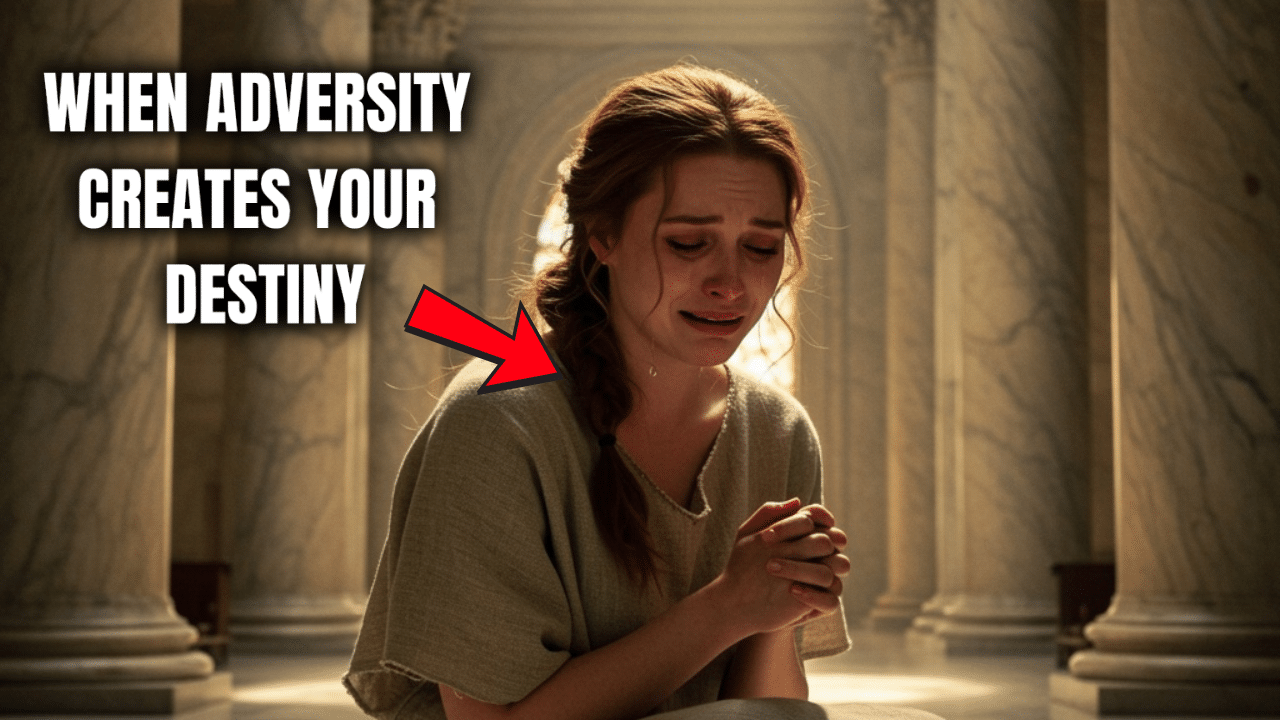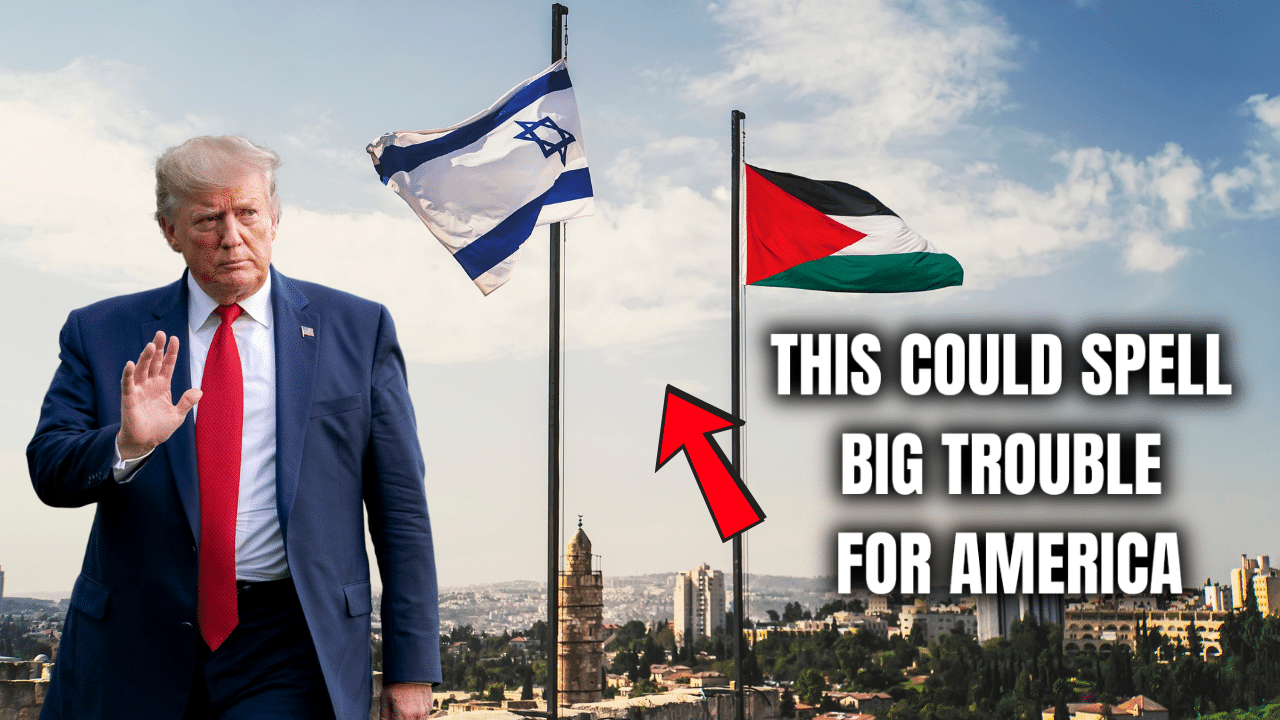(OPINION) Geoffrey Hinton was an artificial intelligence pioneer. In 2012, Dr. Hinton and two of his graduate students at the University of Toronto created technology that became the intellectual foundation for the A.I. systems that the tech industry’s biggest companies believe is a key to their future.
On Monday, however, he officially joined a growing chorus of critics who say those companies are racing toward danger with their aggressive campaign to create products based on generative artificial intelligence, the technology that powers popular chatbots like ChatGPT.
Dr. Hinton said he has quit his job at Google, where he has worked for more than decade and became one of the most respected voices in the field, so he can freely speak out about the risks of A.I. A part of him, he said, now regrets his life’s work.
“I console myself with the normal excuse: If I hadn’t done it, somebody else would have,” Dr. Hinton said during a lengthy interview last week in the dining room of his home in Toronto, a short walk from where he and his students made their breakthrough.
Dr. Hinton’s journey from A.I. groundbreaker to doomsayer marks a remarkable moment for the technology industry at perhaps its most important inflection point in decades. Industry leaders believe the new A.I. systems could be as important as the introduction of the web browser in the early 1990s and could lead to breakthroughs in areas ranging from drug research to education.
But gnawing at many industry insiders is a fear that they are releasing something dangerous into the wild. Generative A.I. can already be a tool for misinformation. Soon, it could be a risk to jobs. Somewhere down the line, tech’s biggest worriers say, it could be a risk to humanity.
“It is hard to see how you can prevent the bad actors from using it for bad things,” Dr. Hinton said. After the San Francisco start-up OpenAI released a new version of ChatGPT in March, more than 1,000 technology leaders and researchers signed an open letter calling for a six-month moratorium on the development of new systems because A.I technologies pose “profound risks to society and humanity.”
Several days later, 19 current and former leaders of the Association for the Advancement of Artificial Intelligence, a 40-year-old academic society, released their own letter warning of the risks of A.I. That group included Eric Horvitz, chief scientific officer at Microsoft, which has deployed OpenAI’s technology across a wide range of products, including its Bing search engine.
Dr. Hinton, often called “the Godfather of A.I.,” did not sign either of those letters and said he did not want to publicly criticize Google or other companies until he had quit his job. He notified the company last month that he was resigning, and on Thursday, he talked by phone with Sundar Pichai, the chief executive of Google’s parent company, Alphabet. He declined to publicly discuss the details of his conversation with Mr. Pichai.
Google’s chief scientist, Jeff Dean, said in a statement: “We remain committed to a responsible approach to A.I. We’re continually learning to understand emerging risks while also innovating boldly.”
Dr. Hinton, a 75-year-old British expatriate, is a lifelong academic whose career was driven by his personal convictions about the development and use of A.I. In 1972, as a graduate student at the University of Edinburgh, Dr. Hinton embraced an idea called a neural network. A neural network is a mathematical system that learns skills by analyzing data. At the time, few researchers believed in the idea. But it became his life’s work.
In the 1980s, Dr. Hinton was a professor of computer science at Carnegie Mellon University but left the university for Canada because he said he was reluctant to take Pentagon funding. At the time, most A.I. research in the United States was funded by the Defense Department. Dr. Hinton is deeply opposed to the use of artificial intelligence on the battlefield — what he calls “robot soldiers.”
In 2012, Dr. Hinton and two of his students in Toronto, Ilya Sutskever and Alex Krishevsky, built a neural network that could analyze thousands of photos and teach itself to identify common objects, such as flowers, dogs and cars.
Google spent $44 million to acquire a company started by Dr. Hinton and his two students. And their system led to the creation of increasingly powerful technologies, including new chatbots like ChatGPT and Google Bard. Mr. Sutskever went on to become chief scientist at OpenAI. In 2018, Dr. Hinton and two other longtime collaborators received the Turing Award, often called “the Nobel Prize of computing,” for their work on neural networks.
Around the same time, Google, OpenAI, and other companies began building neural networks that learned from huge amounts of digital text. Dr. Hinton thought it was a powerful way for machines to understand and generate language, but it was inferior to the way humans handled language.










